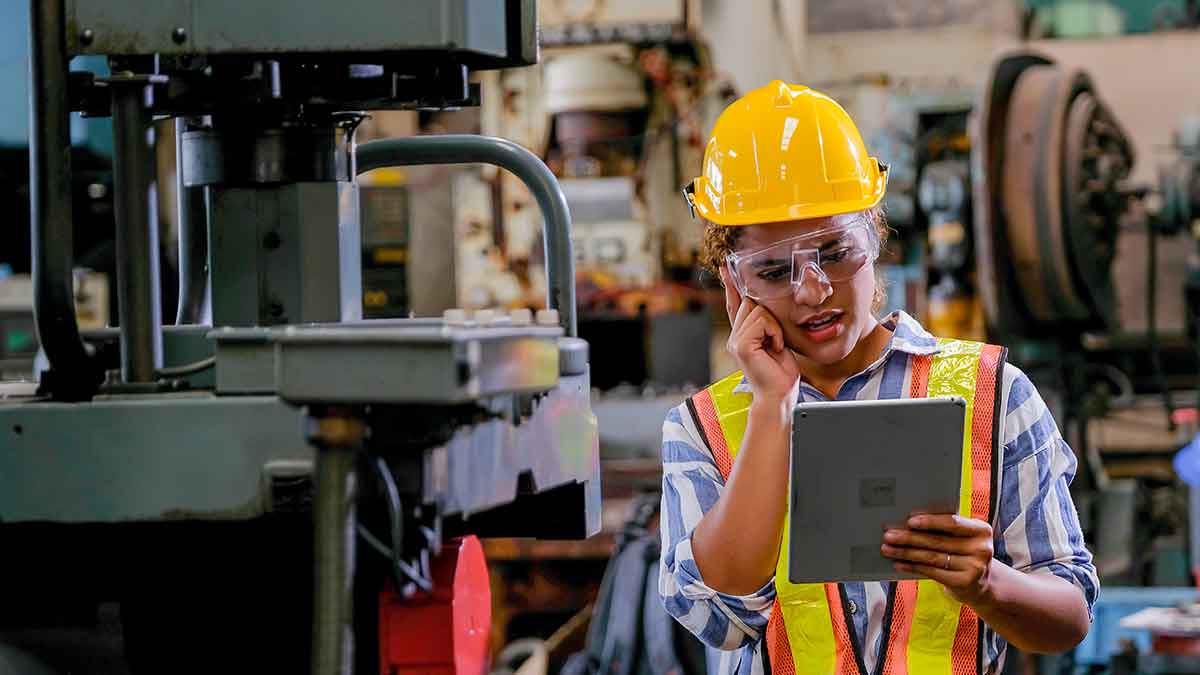IoT Platform and IoT Device Management are common terms in the internet of things. Since they are more complicated than they seem, we decided to explain more about them here.
IIoT as an ecosystemm
- Nowadays, the internet of things (IIoT) is a broad term. It is actually most likely an ecosystem that includes a wide range of:
- Big or small devices
- Protocols
- Connections
- Clouds
- Networks
- Databases
- Connections
As a result, the IoT ecosystem is usually divided into many components or building blocks, so it is easier to understand. Meanwhile, there are also thousands of vendors offering solutions for each of these blocks. The major IoT building blocks are:
Connectivity: It refers to devices or objects becoming more manageable after they connect to the internet, directly to a cloud, or another IoT platform.
Iot device management platform: It is the part of IoT platform that allows remote configuration and management of the devices, like provisioning, authentication, monitoring, and diagnosing, updates, and maintenance of their software (or firmware).
Applications: Panels that enable IoT visualization, and control.
Security: Vendors that keep IoT solutions secure.
Data and Analytics: IoT component that gather, stores, and analyzes data.
The IoT Platform is not exactly a platform
In this day and age when people talk about “IoT platform”, they actually mean “IoT application”. IoT apps enabling limited IoT functionality can often be fairly enough for basic IoT scenarios.
They can connect devices, machines, and sensors to the cloud or another IoT platform, to monitor and collect data, and provide IoT project visualization.
It is normal to see IoT platforms suggested by hardware manufacturers neither in addition nor part of their hardware device, and this might be because, for small to medium-sized IoT jobs, basic IoT platforms are enough.
On the other hand, this is not possible for a large-scale IoT scenario since those projects require advanced IoT functionality.
The device management component is essential once IoT scenarios require the connection, management, and integration of thousands of IoT devices, sensors, and other components.
IoT device management: why?
IoT Device Management provides advanced features with the information, such as:
- Remote provisioning and authentication
- Configuration and management
- Monitoring and diagnosing
- Firmware updates
- Maintenance
- Support for hardware and software upgrades
For example, it is not so difficult to imagine a huge IoT project with thousands of devices, many hardware vendors, and multiple connectivity options. Therefore, the only way to get to manage this is with IoT device management platforms.
Remote access to devices in the field is crucial for efficient operation. This capability allows for seamless management of individual devices and entire device fleets spread across various locations.
IoT Device Management corporations often offer high-level features that concede the management of different types of IoT devices and sensors in the same platform.
In fact, IoT service providers want to create and maintain profitability by selling their IoT services, but the best way to maintain and increase the profitability of IoT projects is to avoid being locked into the same hardware merchant.
In other words, IoT providers must select the best devices and sensors, without concern of losing profitability.
IoT suppliers also face a crucial challenge in IoT installation: manual labor to create IoT devices and sensors manageable. This includes customization, making configuration files, and homologation.
The best choice is to work with experienced vendors or providers to eliminate the manual work that can turn into immense costs.
At 4i platform work for the biggest automation and simplicity of use, so anyone can understand it. Contact us for more information!





